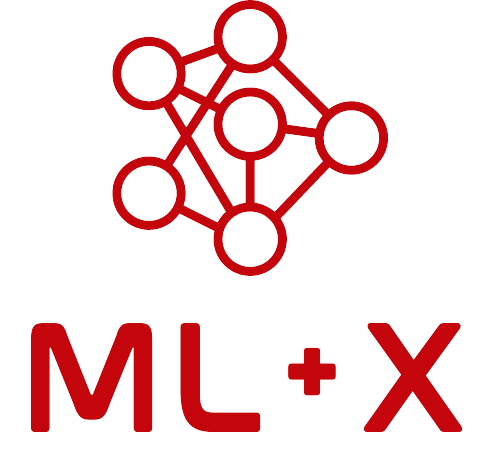Pytesseract: OCR with Tesseract (LSTM) in Python
About this resource
Pytesseract is a Python wrapper for Google’s Tesseract Optical Character Recognition (OCR) engine, used for recognizing and extracting text from images. It works on a wide range of image types (e.g., JPEG, PNG, TIFF) and supports over 100 languages, including Chinese, Arabic, and Devanagari.
Tesseract uses a character-level LSTM model and runs entirely on CPU, making it easy to deploy in low-resource environments. While it’s not state-of-the-art for complex layout or scene text, it’s fast, scriptable, and widely supported — ideal for lightweight OCR use cases.
Key features
- Reads printed text from standard image formats
- Works with file paths, Pillow/PIL (Python Imaging Library), or OpenCV arrays
- Supports multilingual text recognition
- Outputs plain text, bounding boxes, PDFs, TSV, and XML formats
- Fast CPU-based inference with no GPU dependencies
When to use
- You need fast OCR on clean documents or small image batches
- You want to automate extraction from scanned forms, labels, or tables
- You’re working in a CPU-only or resource-constrained environment
- You want a scriptable fallback tool before reaching for ViT-based OCR
Pros and limitations
| Pros | Limitations |
|---|---|
| Easy to install and use on most systems | No GPU acceleration — slower on large datasets |
| Multilingual out of the box | Cannot be fine-tuned or retrained |
| Good for simple forms and documents | Struggles with complex layouts or visual context |
| CPU-only — works in low-resource environments | Lower accuracy than transformer-based models on cluttered or noisy inputs |
Tesseract’s fast CPU performance and no-frills setup make it great for small-scale OCR, but it’s not optimized for high-volume pipelines or scene text recognition.
Model architecture
Tesseract relies on an LSTM pipeline trained on character-level text. It performs well when the input is clean and straightforward — such as scanned documents or forms — but struggles with visual ambiguity, clutter, or layout-sensitive content.
For more robust use cases, newer models like TrOCR, Donut, and PaddleOCR use Vision Transformers (ViTs). PaddleOCR in particular includes both CNN- and transformer-based backends. These models are better suited for tasks where text is visually entangled with surrounding context — like reading overlaid labels on maps or structured forms.
Installation and usage
To use pytesseract, you need to install both the Tesseract OCR engine and the Python wrapper.
Ubuntu / Debian
sudo apt update
sudo apt install tesseract-ocr
pip install pytesseractmacOS
brew install tesseract
pip install pytesseractWindows
Download and install the Tesseract binary from the UB Mannheim builds
Note the install location, typically:
C:\Program Files\Tesseract-OCR\tesseract.exeEither add this location to your system PATH, or set it manually in your script:
import pytesseract
pytesseract.pytesseract.tesseract_cmd = r"C:\Program Files\Tesseract-OCR\tesseract.exe"- Install the Python wrapper:
pip install pytesseractBasic usage
from PIL import Image # Pillow is the Python Imaging Library
import pytesseract
# Extract plain text
text = pytesseract.image_to_string(Image.open("example.png"))
# Structured output with positions and confidences
df = pytesseract.image_to_data(Image.open("example.png"), output_type=pytesseract.Output.DATAFRAME)
# Character-level bounding boxes
boxes = pytesseract.image_to_boxes(Image.open("example.png"))Replace "example.png" with your own image file containing text. Pytesseract supports both in-memory images and file paths.
Questions?
Working on OCR for maps, handwritten notes, or multilingual scans? Curious whether Tesseract is the right fit for your pipeline? Post in the Nexus Q&A to share examples or get advice.
See also
- GitHub repo: madmaze/pytesseract – Source code and examples
- PaddleOCR – End-to-end OCR with detection, recognition, and layout modeling (CNN and ViT backends)
- TrOCR – Transformer-based OCR with multilingual support
- Donut – OCR + document understanding via vision-language modeling
- EasyOCR – Lightweight OCR tool with CNN + LSTM backends
